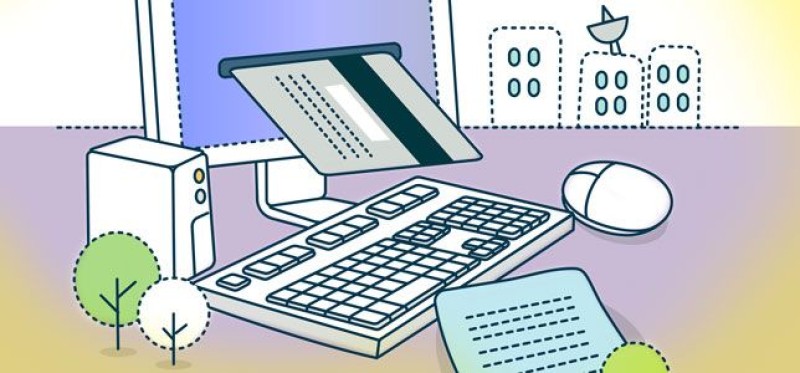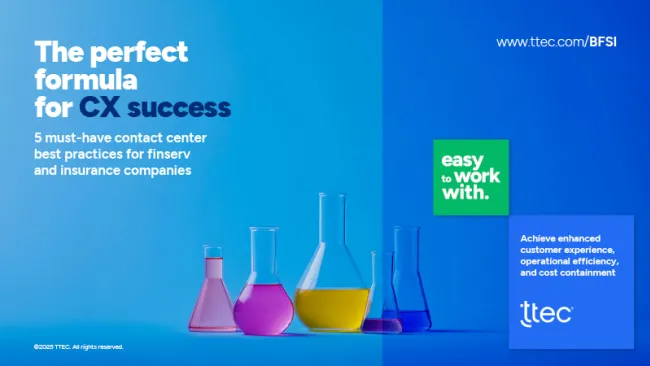We all know by now that rising customer expectations and changing behaviors are compelling banks to consider how they can improve their response to customer needs.
Many advanced strategies to attract, connect and engage with customers are being designed and thought through by many industry leading minds. The aim for all banks is to create a seamless customer experience that effortlessly spans both branches and the digital world, and responds to customer inquiries along every touch point.
One thing that is certain: Failing to respond to the rapid changes in consumer demands, the continuous emergence of new technologies, and growing competition will ensure certain loss of competitive positioning with customers in what promises to be an increasingly demanding industry.
Here are five ways the customer experience is changing and some first mover ideas to capitalize and gain advantage.
1. Non-traditional Banks Have Emerged
The news that Apple Pay is shaking up the mobile payments space is proof that the traditional banking model is being disrupted, or ever changing. Also a crop of new payment technologies has made it easier for non-traditional players to enter into the banking space and create online-only offerings. Online banks like Simple, Bluebird, Moven, and Mobile Money, as well as non-traditional providers like Wal-Mart which offers debit cards, and Costco which provides home mortgages, are only further complicating the banking environment for traditional banks.
Online-only banks boast a streamlined approach to banking, access to quick and easy transactions, as well as automated processes. Some progressive banks such as First Hawaiian Bank have already begun to introduce video teller machines, image-enabled ATMs, and biometric entry systems, bringing the digital appeal of self service to the basic branch experience. If successful, such moves can help to merge the branches and digital worlds in the most effective way for the consumer.
2. Customers Prefer Digital Transactions
The decline in bank branch traffic and numbers is well known in financial services. In a the recent Mobile Financial Services Tracking from AlixPartners, 28 percent of consumers between the ages of 26 and 34 years said they would be likely to change banks to gain access to mobile photo bill pay.
As the Millennials increasingly embrace digital-only banking, banks must ensure that functions such as remote deposit capture work flawlessly and reliably, and that customers feel part of a community. Germany’s Fidor Bank, for example, encourages customers to share feedback via online forums. The German bank understands that mobile has evolved to a point where the availability of individual mobile banking services can be the deciding factor in keeping customers loyal.
3. The Customer Buying Journey Is Changing
Consumers’ buying journeys today are no longer linear. Research shows that consumers are finding content about the products and brands that interest them through an ever-expanding number and variety of channels. And, they are accessing these channels from an increasingly diverse array of devices. Understanding the customer journey across these touch points is essential to the success of any marketing program.
Banks must respond to the multichannel customer with multichannel marketing and engagement strategies. Such efforts should use a combination of process, technologies, and organizational alignment to engage current and prospective customers in all digital, social and offline channels that are part of the buyer’s purchase process. Stop thinking only about your branches or customer service as channels in which consumers seek out information. Instead think about incorporating your response and engagement strategies across all channels and devices.
4. Customers Prefer Personalized Engagement, not Product-Focused
Banks traditionally have structured their campaigns and communications with a product focus. That means they are delivering products that their marketing teams believes will meet market demands—whatever the market may be. To compete and succeed in the changing banking environment, financial service organizations must instead become information oriented and customer focused. A customer-focused organization is one where decisions about the product are made based on aligning customer needs and wants with the overall goals of the organization.
To reach this goal, banking managers should always possess information about customers’ wants and preferences, the factors that influence their satisfaction, and understanding about their perceptions and expectations around service quality.
5. The Need for a Frictionless Sales Experience
Banks are focused heavily on figuring a better way to connect with both retail and business customers online to offer products without pushing, give informative product qualifications, and better understand internally the profitability of their products. The traditional branch selling platform isn’t allowing for this. Much is due to decreased traffic but also to the increased number of products being offered. On average, banks offer more than 40 different products, and it’s almost impossible for a single person to be able to recommend them all in a qualified fashion. Sales, marketing, operations, and customer experience experts are undergoing intense efforts to figure this out yet no one has. Some success has been seen by adopting a frictionless approach or by using advanced tools, but nothing end to end.
According to Don Peppers, a frictionless customer experience is a new model and one that must exist for service, but also for sales. Having a frictionless sales experience (funneling, qualification, and continuous touch points) is essential to staying competitive.
In his blog, “4 Attributes of a Frictionless Customer Experience,” Peppers says that to move to a frictionless customer experience, marketers must focus on reliability, relevance, value, and trustability. This involves sales associates only recommending products and services to individual customers that actually apply to them, being able to respond across all channels and touch points along their journeys, and streamlining their overall experiences with the use of digital technologies.
However, this thought, in combination with frictionless funneling, qualification, and touch points, could really morph the banking sales world and in turn help with commoditization that is seen throughout the industry. It would certainly bring the customer back to dealing with traditional banks.
Understand These Five CX Changes in Banking for a Stronger Competitive Advantage















